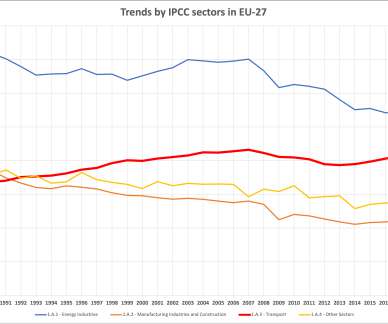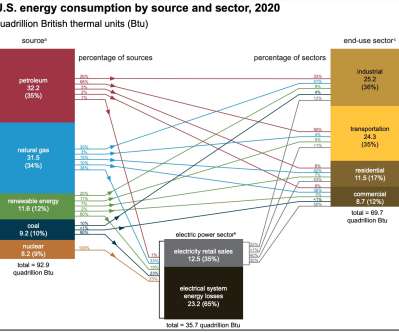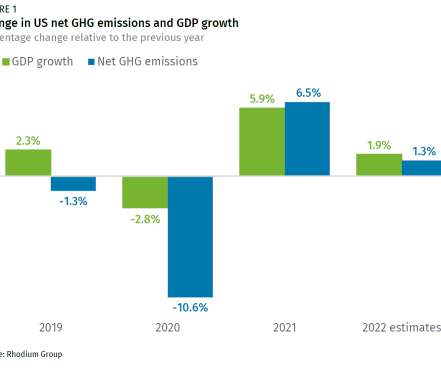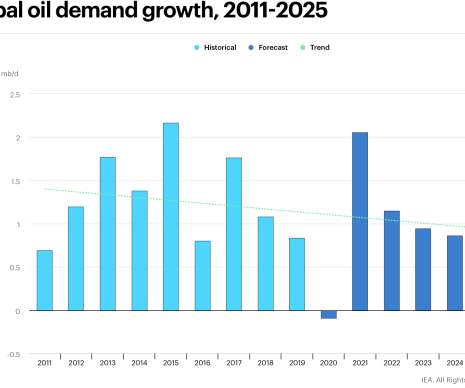3.8% drop in EU’s greenhouse gas emissions in 2019; transport emissions rise
Green Car Congress
JUNE 1, 2021
The large decline in emissions, achieved before the COVID-19 crisis, was mainly due to reduced coal use for power generation. Increasing carbon prices and gas becoming relatively cheaper compared with coal led to a significant reduction in coal use, in favor of gas and renewable energy sources. from 2018 to 2019.











































Let's personalize your content